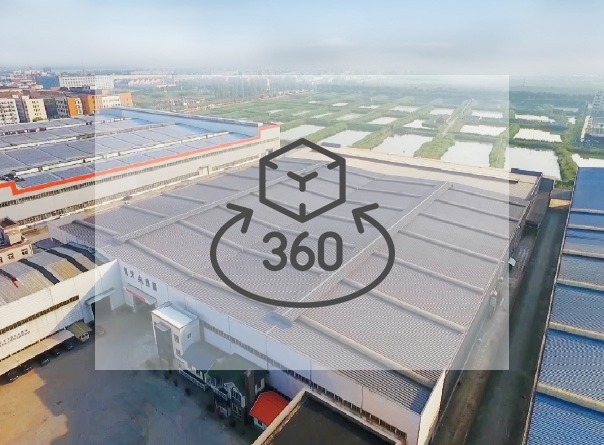How Do You Know If Prefabricated Houses Are Suitable for You?
While not every prefab house is a tiny home, these properties which by definition are built in sections and then shipped and assembled on site, do offer a level of flexibility and affordability that’s not often seen with conventional properties. Plus, modern pre-fab houses can merge smart design & technology at a more affordable price point.
If you're wondering whether a prefab home might be the right fit for you, we’ve taken an honest look at the pros and cons of owning a modular home.
The benefits of going prefab:
1.Lower overall costs
The main reason why people choose to build prefab homes is because they come at a much lower cost.
Research by Modular Homeowners found that these prefab housing prices tend to bring a 20% savings over conventional homes, which is no small chunk of change when considering that conventional homes cost hundreds of thousands of dollars.
This savings is mainly due to labor costs. Since prefab houses are made out of prefabricated segments that are manufactured in a warehouse and shipped to the consumer for assembly, fewer workers are needed to do the job.
2.Quicker construction time
Since prefab houses are generally based off of an existing design, the manufacturer is often able to assemble the parts and have them waiting for a buyer.
At that point, construction time becomes much shorter since it is simply a matter of shipping the pieces to the buyer and having them put it together vs. building something from scratch.
Additionally, since the manufacturing happens indoors, the construction time is much less subject to delays due to inclimate weather.
3.Added sustainability
The construction method that’s used with prefab homes has the added bonus of being energy efficient. In this case, the bulk of products used in building the home will be shipped one time: from the manufacturer to the consumer.
This is much more sustainable than in a traditional building scenario where the components are sourced from different manufacturers and then sent to the construction site.
Additionally, these homes often come with options for add-ons like energy-efficient windows and solar panels, which make the home more sustainable overall.
So, what are the down sides of going prefab?
1.Larger upfront costs
While the plot of land you’re buying can likely be mortgaged, your home’s manufacturer will likely expect to be paid upfront. You’ll need to be able to either cover that cost or work with a lender on finding a creative financing option like a construction loan.Of course, this is not a problem for people with sufficient funds.
2.Possible land or zoning restrictions
Unfortunately, you can’t put a modular home on just any plot of land. Many municipalities have restrictions on where these types of homes are allowed to be built. You’ll need to research available options in your area, but be prepared to face some limitations.
To learn more, please click here: expandable container house.
If you are interested in prefabricated houses, you can't help but look here: https://www.pthhouse.com/







 English
English Español
Español 中文简体
中文简体 Français
Français عربى
عربى










